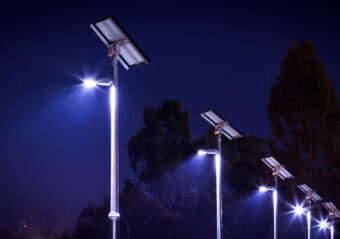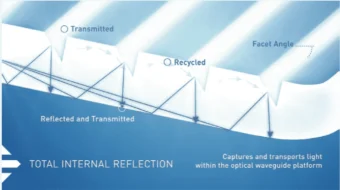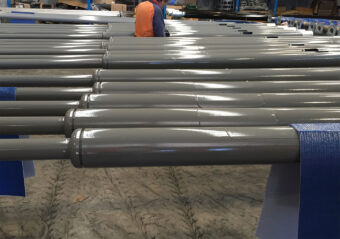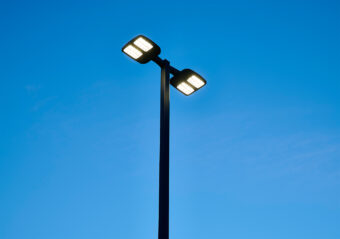Solar offers a more sustainable, environmentally friendly approach to lighting. Using renewable energy from the sun produces no greenhouse gas emissions, and minimises the system’s carbon footprint.
Beyond sustainability, solar lighting offers many other advantages over traditional lighting systems, including less design and planning requirements, no cabling or trenching, and fast, easy installation. Being completely removed from the electrical grid also means no ongoing energy costs and no disruption to lighting during power outages.

No ongoing electricity costs
- Harnessing free energy from the sun means no electricity bills and reduced operating costs. Post-installation, solar lighting systems’ ongoing expenses remain low.
Faster, easier, and cheaper installation
- Solar lighting systems can be simpler to install as they typically don’t require complex wiring, conduits, or trenching – saving on labour and equipment. Arranging a connection to mains power can also be complicated.
Scalability
- It can be easier to add additional luminaires to an existing solar lighting project. No upgrading electrical equipment or re-routing power is required.
Flexibility
- Special relocatable solar lighting solutions can be supplied on above-ground concrete block footings, which can be used to provide temporary lighting during special events or construction projects.
Off-grid capability
- Solar lighting systems can be deployed in remote or off-grid locations where electricity systems are unavailable or expensive to install or connect.
- Being independent of the electricity grid means solar lighting solutions aren’t affected by power outages the way traditional lighting systems can be.
Consult the experts
- While solar lighting has many advantages, it’s important to note that it may not be suitable for all applications and does have some limitations – for example, its performance is dependent on sunlight availability and the systems’ battery capacity to ensure continuous lighting during extended cloudy or rainy periods.














